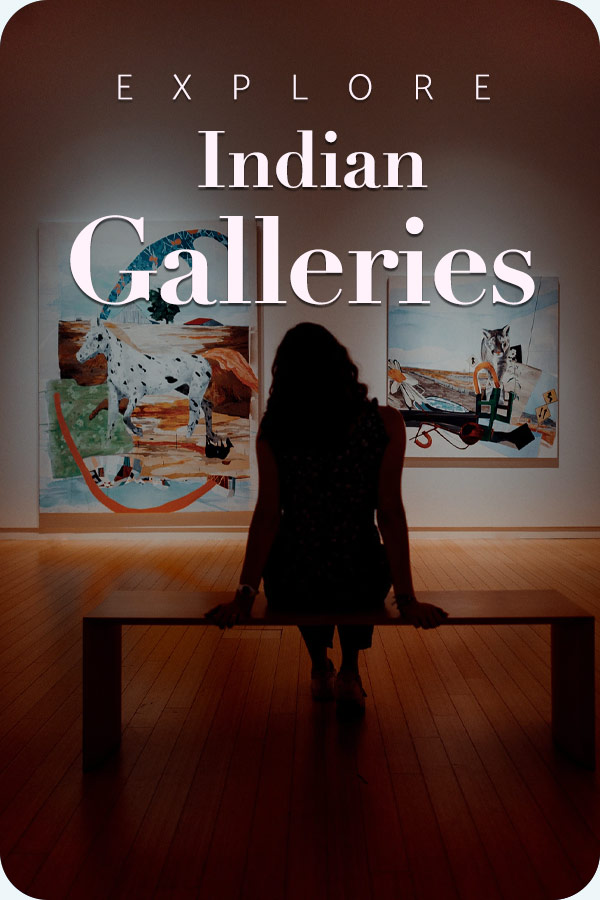
Raja Ravi Varma was a rare master of European techniques and Indian sensibilities. It’s common to see painters from his era, trained in the European style, who later either lost interest in Indian subjects, or found a late muse in the Indian subjects with the establishment of their own styles. This movement from the European towards the unique, like the Bengal School was described by a shift towards simpler techniques, that were focused less on conveying realism and more on the “personal” meaning.
Ravi Varma is different in this sense. His style is not unique, or personal, but his meanings are, as is his treatment of the subjects. At the time when the majority was obsessed with the miniature art, he brought together a photographic and dramatic realism into his works, so far unseen. Here are two works that specify the dramatization that defines his oeuvre.
Rama Vanquishing the Ocean

In this depiction from Ramayana, Rama is painted with modest physical features but his status is elevated by the liberal space of the canvas he acquires in comparison to other characters. His wide-gazed side profile communicates a mix of anger and astonishment. The Lord of the ocean, Varuna, heavily ornate compared to the scantily clad Rama, is running towards him in an apologetic, conciliatory expression. His status, apparent with his size, is also made trivial by the two apsaras that flank him, probably as a representation of his vices.
Jatayu Vadham

Another scene from Ramayana, this 1893 oil-on-canvas is a seminal work by the painter. It’s also the only painting that proves that Varma’s mastery extends to capturing human motion, and not just stills and portraits. The diagonal arrangement helps in the description of action, and a sense of depth is added by the severed wing thrown towards the viewer. There’s a fascinating level of details in Ravana’s jewels, which says a lot about his status in the composition. Eyes and facial features have been used with divine precision to achieve dramatization. Upon a longer scrutiny, one can see Jatayu’s blood spattered on the Ravana’s torso, intensifying the drama by adding gore.
It is true that Raja Ravi Varma popularized painting, his lithographs engaging the masses with the realistic representation of southern Women, the Gods and Goddesses, and the mythologies. He was undoubtedly a commercial artist, and it wouldn’t be too harsh on him if we compared his works to action films or comic books.
Escaping all attempts to derank his works to being “artsy”, Varma’s legacy is so ingrained in the country’s commercial art that it’s well possible, for any person born in twentieth century India, to have witnessed the painter’s works without actually knowing it. Countless firecracker packagings, bollywood film posters, calendars, and the romantically decorated tailgates of Indian trucks, all serve as evidence for the existence of a “Ravi Varma School of Painting” that is followed religiously by thousands of incognizant disciples.







